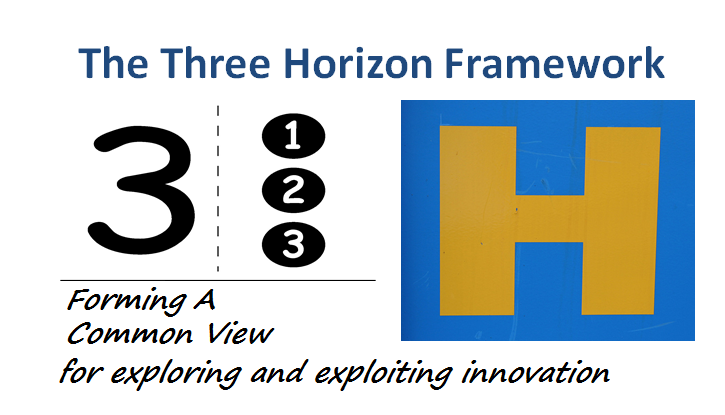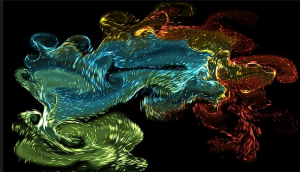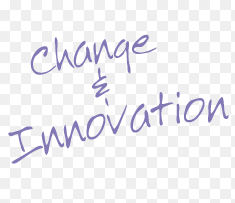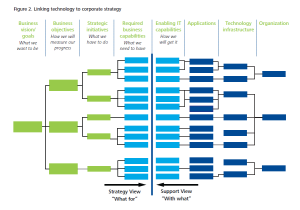
Following on from my suggested Common Language approach to the Three Horizons, I would like to outline here its significant value, within any innovation management thinking.
Clarifying our options requires multiple thinking horizons – seeing beyond for all possibilities by listening to the different voices
For me, the three horizons have great value to bring together and map all the different thinking and possible innovation options over changing horizons.
You can frame innovation in alternative ways by using this approach. Innovation has multiple evolution points and working with this framework allows you to significantly improve all of your innovation contributions.
It goes well beyond the present value of ‘just’ fitting your existing innovation portfolio and directional management into a typical one-dimensional view of just working in the present.








